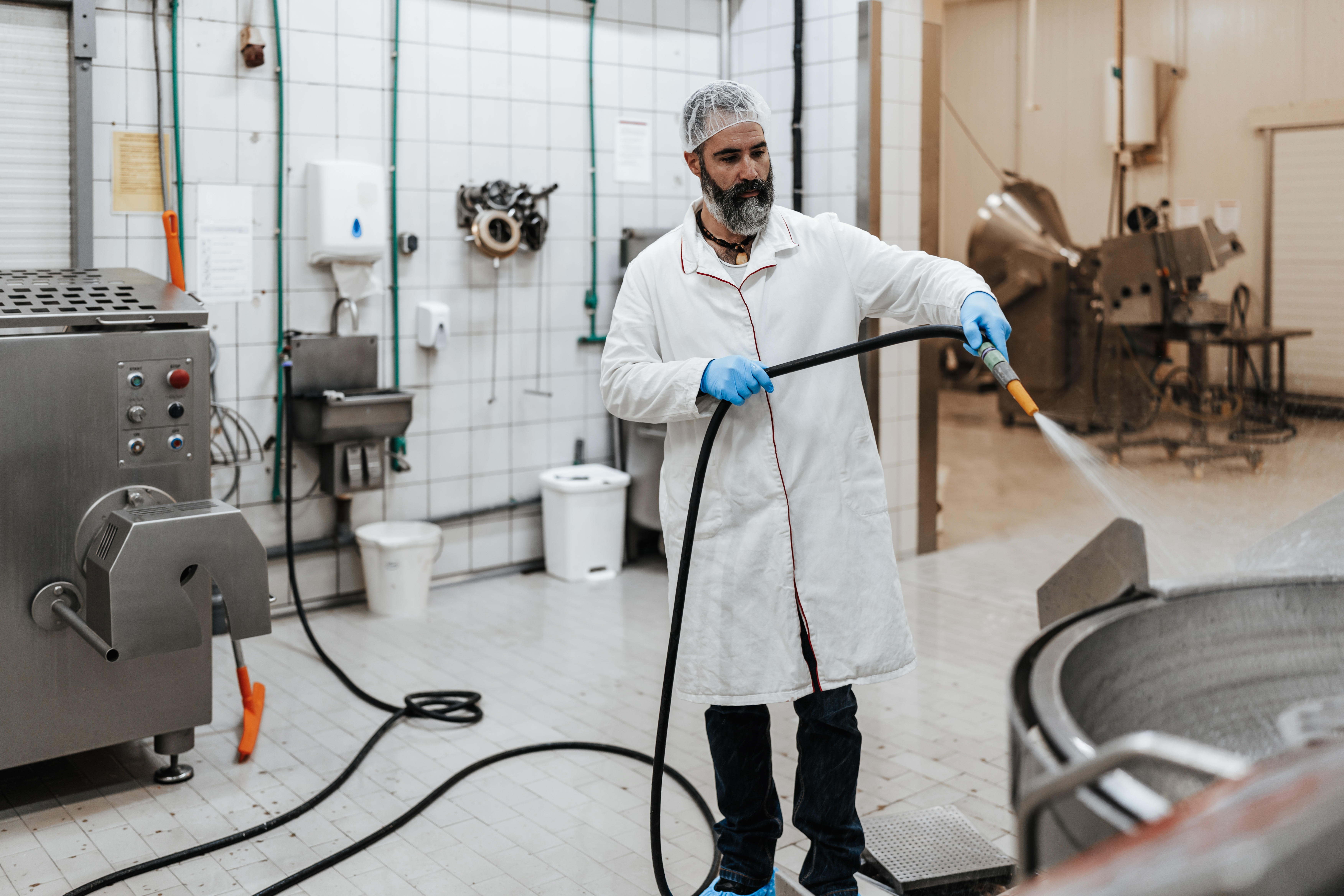Odour removal from slaughterhouses
Smells emanating from slaughterhouses frequently lead to complaints from communities living nearby. The problem is often exacerbated by warmer weather in the spring or summer, when volatile organic compounds (VOCs) may become more odorous and more people will be outdoors. As legislation around odour nuisance is becoming more stringent in many European countries, it is ever more important that companies take action to keep the atmosphere pleasant for their neighbours and workers alike. DESOTEC activated carbon filters are both highly efficient and sustainable in these contexts.




